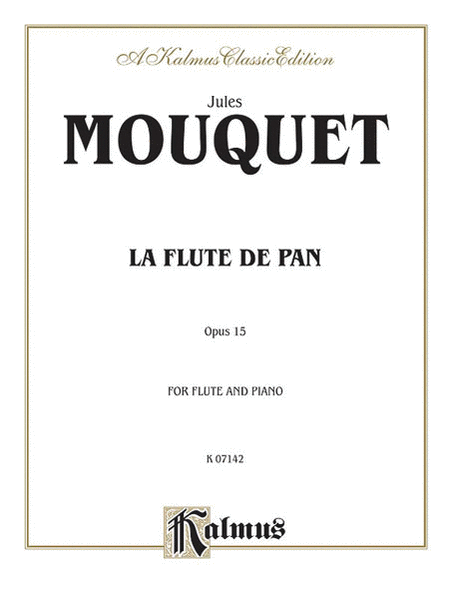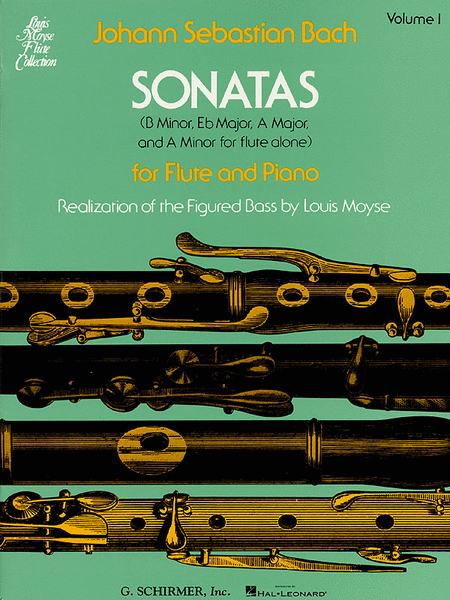Nun komm, der Heiden Heiland (Now come, Savior of the
heathens), BWV 62, is a church cantata by Johann
Sebastian Bach. He composed the chorale cantata, based
on Martin Luther's hymn "Nun komm, der Heiden Heiland",
in Leipzig for the first Sunday in Advent and first
performed it on 3 December 1724.
Bach wrote the cantata in 1724, his second year in
Leipzig, for the First Sunday of Advent. The prescribed
readings for the Sunday were from the Epistle to the
Romans, night is advanced, day w...(+)
Nun komm, der Heiden Heiland (Now come, Savior of the
heathens), BWV 62, is a church cantata by Johann
Sebastian Bach. He composed the chorale cantata, based
on Martin Luther's hymn "Nun komm, der Heiden Heiland",
in Leipzig for the first Sunday in Advent and first
performed it on 3 December 1724.
Bach wrote the cantata in 1724, his second year in
Leipzig, for the First Sunday of Advent. The prescribed
readings for the Sunday were from the Epistle to the
Romans, night is advanced, day will come (Romans
13:11–14), and from the Gospel of Matthew, the Entry
into Jerusalem (Matthew 21:1–9). The cantata is based
on Martin Luther's chorale in eight stanzas "Nun komm,
der Heiden Heiland", the number one hymn to begin the
Liturgical year in all Lutheran hymnals. The unknown
poet kept the first and last stanza, paraphrased
stanzas 2 and 3 to an aria, stanzas 4 and 5 to a
recitative, the remaining stanzas to an aria and a duet
recitative.
Bach first performed the cantata on 3 December 1724,
and he performed it again in 1736, adding a part for
violone in all movements, after the Thomasschule had
bought an instrument at an auction in 1735. Bach's
successor Johann Friedrich Doles performed the cantata
after Bach's death.
The old hymn tune is in four lines, the last one equal
to the first. The instrumental ritornello of the
opening chorus already quotes this line, first in the
continuo, then slightly different in meter in the
oboes. Other than these quotes, the orchestra plays a
free concerto with the oboes introducing a theme, the
first violin playing figuration. The ritornello appears
shortened three times to separate the lines of the text
and in full at the end. The soprano sings the cantus
firmus in long notes, while the lower voices prepare
each entry in imitation. Alfred Dürr suggests that
Bach was inspired to the festive setting in 6/4 time by
the entry into Jerusalem. Christoph Wolff stresses that
the instrumentation is simple because Advent was a
"season of abstinence". Church music was allowed in
Leipzig only on the first Sunday of Advent. John Eliot
Gardiner observes about all three extant cantatas for
this occasion, also Nun komm, der Heiden Heiland, BWV
61, and Schwingt freudig euch empor, BWV 36, which all
deal with Luther's hymn, that they "display a sense of
excitement at the onset of the Advent season. This can
be traced back both to qualities inherent in the
chorale tune itself, and to the central place Bach
gives to Luther’s words."
The first aria deals with the mystery of "the Supreme
Ruler appears to the world, … the purity will be
entirely unblemished." in siciliano rhythm and string
accompaniment, doubled in tutti-sections by the oboes.
In great contrast the second aria stresses fight,
"Struggle, conquer, powerful hero!", in a continuo
line. In a later version it is doubled by the upper
strings. Gardiner regards its "pompous, combative
character" as a sketch for the aria "Großer Herr und
starker König" (#8) from Part I of Bach's Christmas
Oratorio. The duet recitative expresses thanks, "We
honor this glory", intimately accompanied by the
strings. The closing stanza is a four-part setting.
Although originally scored for four vocal soloists
(soprano, alto, tenor, and bass), a four-part choir,
horn only to support the chorale melody, two oboes, two
violins, viola, and basso continuo, I created this
arrangement for Flute, Oboe & Strings (2 Violins, Viola
& Cello).












